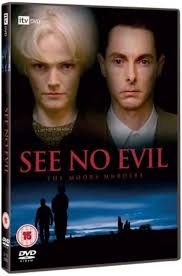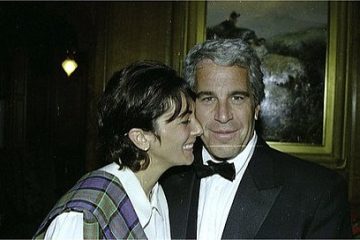See No Evil: Unraveling The Moors Murders

Introduction
The Moors Murders, a series of heinous crimes committed in the 1960s north of England, remain one of the most notorious and chilling cases in UK history. Central to this grim legacy is the concept of ‘See No Evil’, reflecting societal attitudes towards violent crime, child safety, and the complexities of the human psyche. As we revisit this tragic chapter, it is essential to understand both the events surrounding the murders and the implications they have on historical and modern perceptions of crime.
The Murders: A Dark Timeline
The Moors Murders involved the abduction, torture, and murder of five children between 1963 and 1965 by Ian Brady and Myra Hindley. The victims, aged between 10 and 17, were lured into traps set by the duo, whose motivations remain shrouded in psychological intrigue. The duo buried the bodies on Saddleworth Moor, an act that added to the horror when the remains were uncovered in 1965. The trial of Brady and Hindley captured the nation’s attention, drawing intense media scrutiny and public outrage regarding the gruesome details of the crimes.
Societal Reaction and the ‘See No Evil’ Perspective
The phrase ‘See No Evil’ highlights the societal response to the murders, encapsulating the unwillingness to confront deep-seated fears about child safety and criminal behaviour. At the time of the trials, there was palpable shock and disbelief regarding how individuals like Brady and Hindley could commit such atrocities. This response provoked a long-standing dialogue about morality, justice and the protection of children. The fear generated by these murders led to cultural changes in policing and child protection measures, particularly surrounding missing children.
Legacy and Cultural Impact
Decades on, the Moors Murders continue to resonate in popular culture, inspiring numerous documentaries, books, and dramatizations that seek to understand the psychological complexities of Brady and Hindley. More than just a gruesome story, their legacy has initiated discussions surrounding mental health, rehabilitation, and the ethics of crime depiction in media. The case also illuminated the ongoing struggle within society to confront the darker aspects of our humanity, often leading to the reflexive ‘See No Evil’ sentiment whenever similar crimes arise.
Conclusion
The Moors Murders are a reminder of the fragility of innocence and the need for vigilance in protecting society’s most vulnerable. The ongoing discourse prompted by these events highlights the significance of acknowledging uncomfortable truths about violence and morality. As new generations learn about these crimes, it serves as a chilling reflection on human nature and the societal responsibility to advocate for justice, safety, and awareness—ensuring past mistakes are never repeated.









